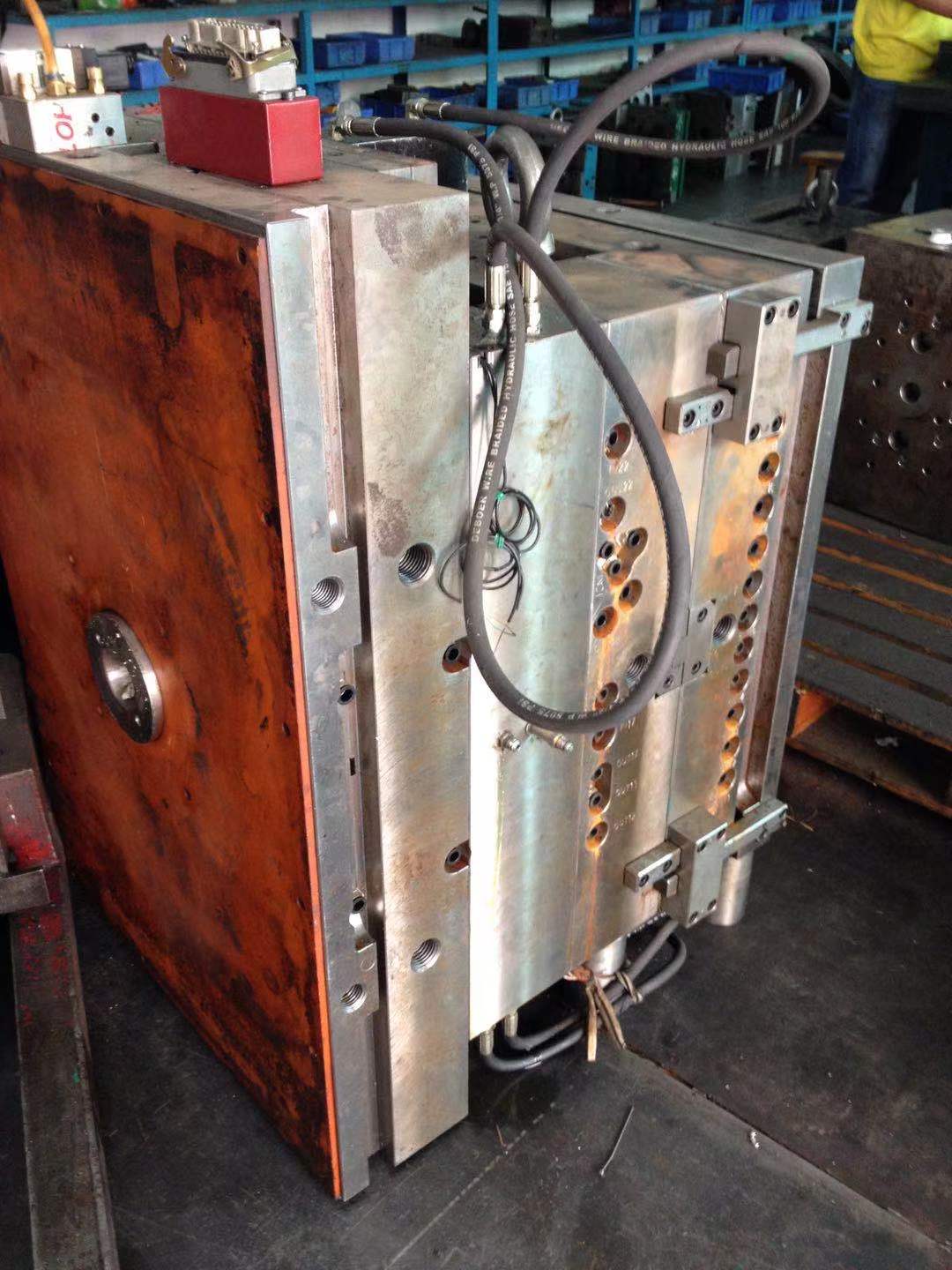News and information
newsThinkBus Lixin Mould (Hong Kong)Company Ltd
Attn.: YJ YANG
Email: yjyang@thinkbus.com.cn
Tel.: 151 1135 2731 (Wetchat & WhatsApp)
Add.: 15 Jianye 2nd Road, Shitanpu Industrial Area, Tangxia Town, Dongguan, Guangdong, China
Release time:21-06-11
Injection molding is the most commonly used manufacturing process for plastic parts. Using injection molding to manufacture a variety of products, the color, size, complexity and application are very different. Injection molding process requires the use of injection molding machine, raw plastic and mold. The plastic melts in an injection molding machine and is then injected into the mold, where it cools and solidifies into the final part. Injection molding process cycle is very short, generally in 2 seconds to 2 minutes. So, what stages does the injection molding process need to go through?

1. Tightening: before the material is injected into the mold, the two halves of the mold must first be firmly closed by the clamping device. Connect each half of the mold to the injection molding machine and slide the half of the mold. The hydraulic power clamping device pushes the half mold together and applies enough force to keep the mold firmly closed when injecting material. The time required for clamping and clamping depends on the machine. The larger the clamping force is, the larger the machine is. The longer the clamping force is. This time can be estimated from the dry cycle time of the machine.
2. Injection: plastic material, usually in the form of particles, is fed into an injection molding machine and pushed into a mold through an injection device. In this process, the material is melted by heat and pressure, and then the molten plastic is injected into the mold very quickly. The pressure pack accumulates and retains the material. The amount of material injected is called the lens. It is difficult to accurately calculate the injection time due to the complexity and variation of molten plastic flowing into the mold. However, injection time can be estimated by injection volume, injection pressure and injection power.

3. Cooling: as soon as the molten plastic in the mold enters, it starts to cool and contact with the inner surface of the mold. As the plastic cools, it will solidify into the shape of the required parts. However, some shrinkage may occur during cooling. Material packaging during the injection stage allows additional material to flow into the mold and reduces visible shrinkage. The mold cannot be opened before the required cooling time has passed. The cooling time can be estimated from several thermodynamic properties of plastics and the maximum wall thickness of parts.
4. Ejection: after enough time, the cooled part can be ejected from the mold through an ejection system that is connected to the back half of the mold. When the mold is opened, a mechanism is used to push the part out of the mold. Force must be applied to eject the part as it shrinks and sticks to the mold during cooling. In order to facilitate the injection of parts, the release agent can be injected into the cavity surface before the injection of materials. The time required to open the mold and eject the parts can be estimated from the drying cycle time of the machine and should include the time for the parts to leave the mold. Once the part is ejected, the mold can be closed for the next injection.